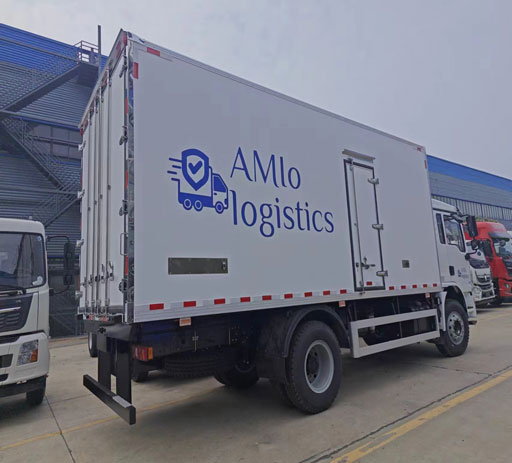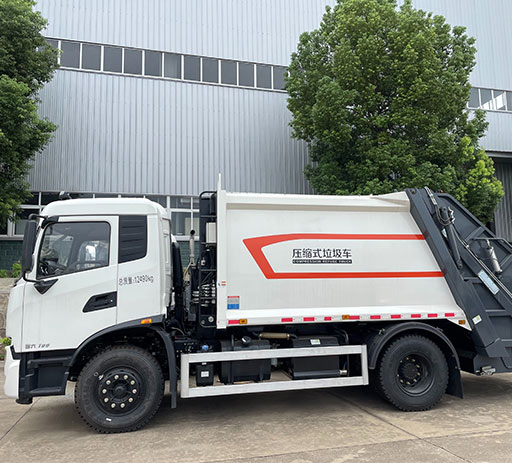Understanding Wheeler Septic Systems: A Comprehensive Guide

Introduction
A well-functioning septic system is crucial for maintaining sanitation in rural and semi-urban areas. Wheeler septic systems are a popular choice for homeowners who want a reliable method for treating wastewater. This article aims to provide a thorough overview of Wheeler septic systems, including their components, installation process, maintenance tips, advantages, and potential issues. By the end of the article, you will have a clear understanding of why Wheeler septic systems are a suitable option for your property.

What is a Wheeler Septic System?
A Wheeler septic system is a type of onsite sewage treatment system designed to process household wastewater safely. It is typically composed of a septic tank and a drainage field. This system separates solids from liquids and discharges treated effluent back into the ground, ensuring environmentally friendly disposal of wastewater.
Components of a Wheeler Septic System
The main components of a Wheeler septic system include:
- Septic Tank: This watertight container acts as a primary treatment unit, where solid waste separates from liquid waste.
- Drainage Field: Also known as a leach field, this is where treated wastewater is dispersed into the ground.
- Soil: The surrounding soil helps further treat the effluent before it re-enters the groundwater system.
- Piping: Pipes transport wastewater from your home to the septic tank and from the tank to the drainage field.
How Does a Wheeler Septic System Work?
The operation of a Wheeler septic system can be broken down into several stages:
1. Wastewater Collection
All wastewater from your home, including water from sinks, toilets, and washing machines, flows into the septic tank through piping.
2. Primary Treatment in the Septic Tank
In the septic tank, solids settle at the bottom, forming sludge. Lighter materials, such as grease and fats, float to the top as scum. This natural separation process allows liquid effluent to flow out of the tank into the drainage field.
3. Secondary Treatment in the Drainage Field
As the effluent passes through the drainage field, it percolates through the soil, which acts as a natural filter, removing contaminants and pathogens before rejoining groundwater sources.
Installing a Wheeler Septic System
Installing a Wheeler septic system requires careful planning and adherence to local regulations. Here is a step-by-step guide:
1. Site Evaluation
Before installation, a site evaluation is necessary to determine soil type, permeability, and distance from structures and water sources.
2. Permits and Regulations
Check with your local health department and obtain the necessary permits to install a septic system. Regulations vary by location.
3. Choosing the Right System Size
The size of your septic tank should accommodate the household’s wastewater output. Typically, a 1,000 to 1,500-gallon tank is suitable for most homes.
4. Excavation and Installation
Excavate the area for both the septic tank and drainage field. Install the tank and connect it to the drainage field piping.
5. Backfill and Final Adjustments
Once everything is connected and tested, properly backfill the area and cover it with soil. Make sure it is level with the ground.
Maintenance of Wheeler Septic Systems
Regular maintenance of your Wheeler septic system is essential to keep it functioning efficiently. Here are some tips:
1. Regular Inspections
Schedule inspections every 1-3 years with a professional to ensure there are no issues.
2. Pumping the Septic Tank
Typically, solids build up in the tank over time. Pumping should be done every 3-5 years, depending on household size and usage.
3. Watch What Goes Down the Drain
Avoid flushing non-biodegradable materials, fats, oils, and chemicals down the drain, as they can clog the system.
4. Monitor Drainage Field
Regularly check for signs of pooling water or unpleasant odors in the drainage field, as these may indicate problems.
5. Maintain Vegetation Over the Drainfield
Keep grass and vegetation over the drainage field to protect it, but avoid planting trees or shrubs that could disrupt the system.
Advantages of Wheeler Septic Systems
Wheeler septic systems come with numerous benefits:
1. Cost-Effective
Installing a septic system can be cheaper than connecting to a municipal sewer, especially in rural areas.
2. Environmentally Friendly
Designed to treat waste on-site, Wheeler systems help reduce the pollution of water bodies.
3. Low Maintenance Costs

Once installed, routine maintenance can be inexpensive compared to other wastewater treatment options.
4. Independence from Municipal Systems
Homeowners can maintain their septic systems without reliance on municipal services, making it a more flexible option.
Potential Issues with Wheeler Septic Systems
Like any system, Wheeler septic systems are not without challenges:
1. System Failures
A poorly maintained septic system can lead to failures, causing backups or overflows.
2. Environmental Concerns
If not properly maintained, septic systems can contaminate groundwater and local water sources.
3. High Installation Costs for Larger Systems
Larger properties may require more extensive septic systems, which can increase installation costs.
Practical Examples of Wheeler Septic Systems
Here are a couple of scenarios demonstrating how Wheeler septic systems can effectively manage wastewater:
Example 1: A Family Home
A family with four members installed a 1,500-gallon Wheeler septic tank along with a drainage field. They perform regular inspections and pump the tank every three years. This has kept the system functioning optimally, avoiding any major issues.
Example 2: A Bed and Breakfast
A local bed and breakfast uses a larger Wheeler septic system to accommodate multiple guests. To manage their increased wastewater output, the owners opted for a dual-tank system that allows for efficient processing and reduces the likelihood of backups during peak occupancy.
FAQs about Wheeler Septic Systems
1. How long does a Wheeler septic system last?
With proper maintenance, a Wheeler septic system can last anywhere from 20 to 30 years or more.
2. What is the average cost to install a Wheeler septic system?
The installation cost can vary widely based on location, but homeowners can expect to pay anywhere from $3,000 to $10,000.
3. Can I put chemicals in my septic tank?
It is best to avoid using harsh chemicals, as they can disrupt the natural bacterial process required for waste decomposition.
4. How can I tell if my septic system is failing?
Signs include foul odors, slow drains, gurgling sounds, or pooling water in the yard.

5. What should not be flushed down the toilet?
Items such as feminine hygiene products, wet wipes, grease, and other non-biodegradable materials should never be flushed.
6. How often should I inspect my septic system?
It is recommended to have your septic system inspected every 1-3 years and pump it every 3-5 years, depending on your household size.
